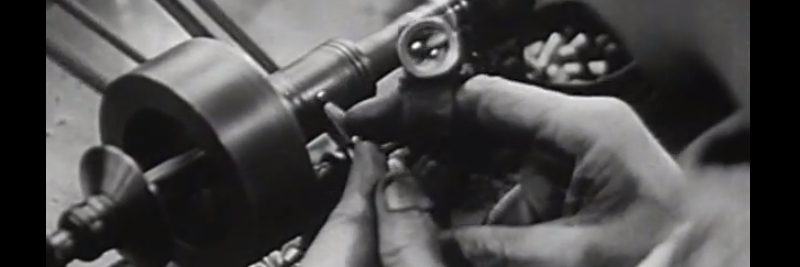Born in 1837, Lewis Waterman was fascinated with his ancestry. He was able to trace his heritage back to the initial Plymouth Rock landing in the United States, but his life as a child wasn’t easy. His father died when he was little and he received no regular schooling until the age of 10. Once he started school, however, he wouldn’t put down a book and five years later even attended a seminary for some time. He worked as a teacher and then as an insurance agent to help cover for his basic necessities, but he was often frustrated by how his fountain pens would work.
Here is a look at the work of L.E. Waterman:
The Initial Improvement of the Ink Pen
Knowing that there must be a better way, Waterman began to improve the process of the fountain pen through a series of different experiments. His first inventions consisted of using a hard piece of rubber to stick instead the open end of the fountain pen barrel, which would hold the ink portion in place and control the flow of ink in a better way. There were small grooves cut into the rubber that would then control the ink and prevent blotting
This process is known as capillary feeding, named as such because it replicates the function of the capillaries in the human body. Sometimes Waterman is credited with the invention of the ink pen or the fountain pen, but this isn’t so. What he invented with this one piece of rubber was the capillary feed fountain pen. He called it “The Regular” because it would give out a regular flow of ink.
Once he received confirmation of his patents for this basic device, he began to manufacture his pen and in just three years was able to incorporate the business of which he would serve as the president of until his death. At one point, Waterman was selling over 300k pens per year.
The Improvement of the Pen Joints
If you’ve ever looked closely at a fountain pen, then you know that there are two major joints in the construction of the pen that affect its use. Waterman’s most famous invention was to improve the joint between the cap and the barrel of the fountain pen, using disparate cones to help create a more efficient device. He was also able to improve the joint between the nozzle and the barrel to make the pen more efficient and obtained patents for modifying his own patented feeding device that started the business in the first place.
As with many other inventors, the reason behind the invention of the new pen was necessity. Waterman needed a pen that would consistently write because he lost a major deal thanks to a pen deciding not to work. His vow to never have that happen again created the foundation of the modern pen, so the next time you write something down, you might just have this American inventor to thank.
Strong proponent of individual liberty and free speech. My goal is to present information that expands our awareness of crucial issues and exposes the manufactured illusion of freedom that we are sold in America. Question everything because nothing is what it seems.




















